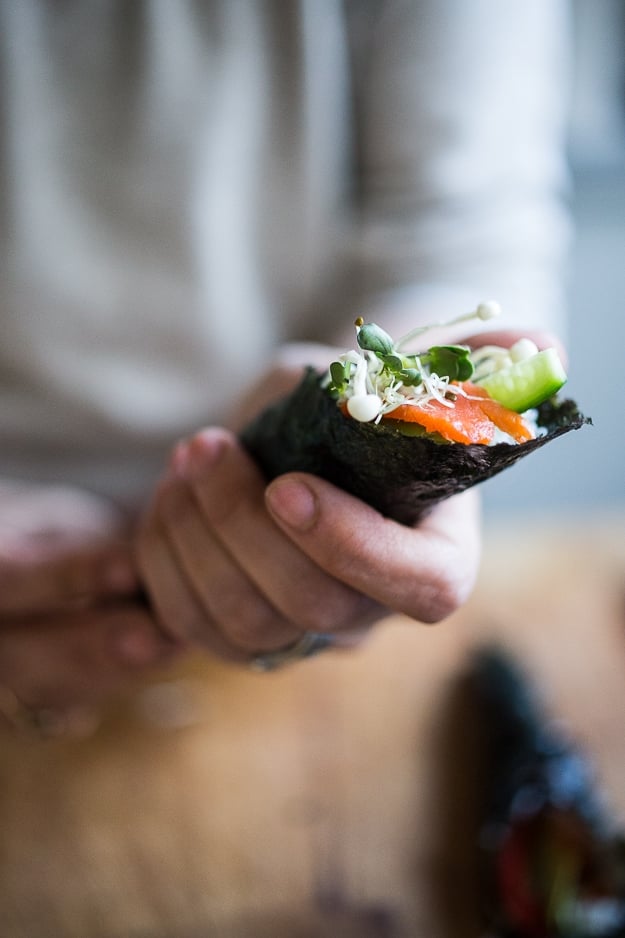Boiled Tongue Recipe: A Culinary Tradition with Rich Flavor and Nutrition
Boiled tongue is a dish made from the tongue of a cow, pig, or lamb. You typically prepare it by simmering the tongue in water or broth until it’s tender. Seasonings like salt, garlic, and herbs enhance its flavor. Once cooked, it can be served hot, sliced thin, or cold in sandwiches and salads.
The Culinary History of Boiled Tongue
Boiled tongue’s history spans centuries and various cultures. Aztec cuisine integrated it into their meals, valuing its texture and flavor. In Europe, particularly in Jewish and Eastern European traditions, it’s a staple, often featured during holidays and special occasions. This dish’s enduring popularity showcases its versatility and appeal.
Preparing Boiled Tongue
Choosing the Right Type of Tongue
Select the tongue based on your preference and recipe. Most recipes use beef, pork, or lamb tongue, each bringing a unique flavor and texture. Beef tongue, which is larger and has a richer taste, works great for hearty meals. Pork tongue, smaller and milder, suits more delicate dishes. Lamb tongue, the smallest and most tender, fits well in gourmet recipes. Always choose fresh, well-cleaned tongues from reputable sources to ensure the best quality and taste.
Essential Ingredients and Tools
Gathering essential ingredients ensures a flavorful boiled tongue. Basic ingredients include the tongue, water or broth, salt, garlic, onions, carrots, and celery. Optional spices like bay leaves, thyme, or peppercorns can enhance the dish. A large pot or Dutch oven is necessary for simmering the tongue, and make sure to have a sharp knife for trimming and slicing. A skimmer is useful for removing impurities and foam during cooking. For tender meat, consider using a slow cooker or pressure cooker as an alternative to traditional stovetop methods.
Cooking Techniques for Boiled Tongue
The Basics of Boiling Tongue
Start by thoroughly cleaning the tongue under cold water. Remove any visible impurities. Place the cleaned tongue in a large pot. Add enough water to cover the tongue completely. Bring the water to a boil, then reduce the heat to a simmer.
Simmer the tongue for 2-3 hours. The exact time depends on the size and type of tongue. Use a fork or knife to check tenderness.
Add essential seasonings like salt, garlic, and vegetables in the last hour of cooking. Examples of vegetables include onions and carrots. These ingredients add flavor to the broth and the tongue itself.
Once tender, remove the tongue from the pot. Let it cool slightly. Peel off the outer skin while still warm. Slice the meat thinly for serving.
Advanced Tips for Flavor Enhancement
For richer flavors, marinate the tongue overnight before boiling. Use a mix of your preferred spices and herbs.
Add whole spices to the simmering liquid. Examples include black peppercorns, bay leaves, and cloves.
Replace half the water with broth or stock for a deeper taste. Chicken or beef stock works well.
Introduce aromatic herbs in the last 30 minutes of cooking. Common choices are thyme, rosemary, and parsley.
For an extra layer, consider smoking the tongue after boiling. Use a mild wood, like apple or cherry, for subtle smoky notes.
Experiment with vinegar or wine in the simmering liquid. This technique can enhance the meat’s tenderness and add a unique flavor profile. Remember, a small amount goes a long way.
Each technique offers an opportunity to make the dish more memorable and tailored to your taste preferences.
Serving and Pairing Boiled Tongue
Traditional Serving Methods
Historically, boiled tongue has been a staple in many cuisines, served either hot or cold. When serving hot, slice the tongue thinly against the grain to ensure tenderness. Arrange the slices on a platter and garnish with fresh herbs like parsley or dill. Serve with a sauce like horseradish or mustard to enhance the flavor.
For a cold serving, refrigerate the boiled tongue overnight. Once chilled, slice thinly and use in sandwiches or as part of a charcuterie board. Pair with pickles, olives, and rye bread for a classic presentation. This method is popular in Eastern European Jewish cuisine.
Modern Pairings and Recipes
Today, chefs and home cooks are finding new ways to enjoy boiled tongue. Incorporate sliced tongue into gourmet tacos, topping with fresh cilantro, diced onions, and a squeeze of lime. You can also dice the tongue and add it to salads, complementing with ingredients like arugula, cherry tomatoes, and a vinaigrette dressing.
For an updated traditional dish, consider pairing boiled tongue with modern sides like roasted root vegetables or a quinoa salad. Another option is to use it as a protein in grain bowls, combining with ingredients like brown rice, avocado, and a spicy aioli.
These modern pairings and recipes elevate boiled tongue beyond its traditional roots, making it a versatile option for any meal.
Health Benefits and Nutritional Value
Nutritional Breakdown
Boiled tongue offers a rich nutritional profile. Serving sizes of 100 grams provide approximately 284 calories. Protein content reaches about 21 grams, making it a substantial source for muscle development. Fat content stands at around 22 grams, with saturated fat contributing roughly 7 grams.
Minerals in boiled tongue include iron, zinc, and potassium. Iron levels reach 2.8 mg, aiding in preventing anemia. Zinc content is 4.5 mg, supporting immune function. Potassium levels are around 315 mg, essential for heart health. Additionally, it provides B vitamins like B12.
Health Considerations and Advantages
Consuming boiled tongue delivers multiple health benefits. High protein helps in building and repairing tissues. Iron content combats anemia by boosting red blood cell production. Zinc strengthens the immune system, reducing susceptibility to infections.
Vitamins in boiled tongue, especially B12, support nerve function and energy metabolism. Low carbohydrate content makes it suitable for low-carb diets. Eating boiled tongue in moderation can be part of a balanced diet, contributing to overall nutrition.
Conclusion
Boiled tongue is more than just a unique culinary experience; it’s a dish rich in history and cultural significance. Its versatility allows you to enjoy it in various forms, from hearty sandwiches to elegant salads. By carefully selecting the right type of tongue and using essential ingredients and tools, you can create a flavorful and tender dish that’s perfect for any occasion. The nutritional benefits make it a valuable addition to your diet, supporting muscle development and overall health. Embrace the tradition and flavor of boiled tongue, and you’ll find it a rewarding addition to your culinary repertoire.






